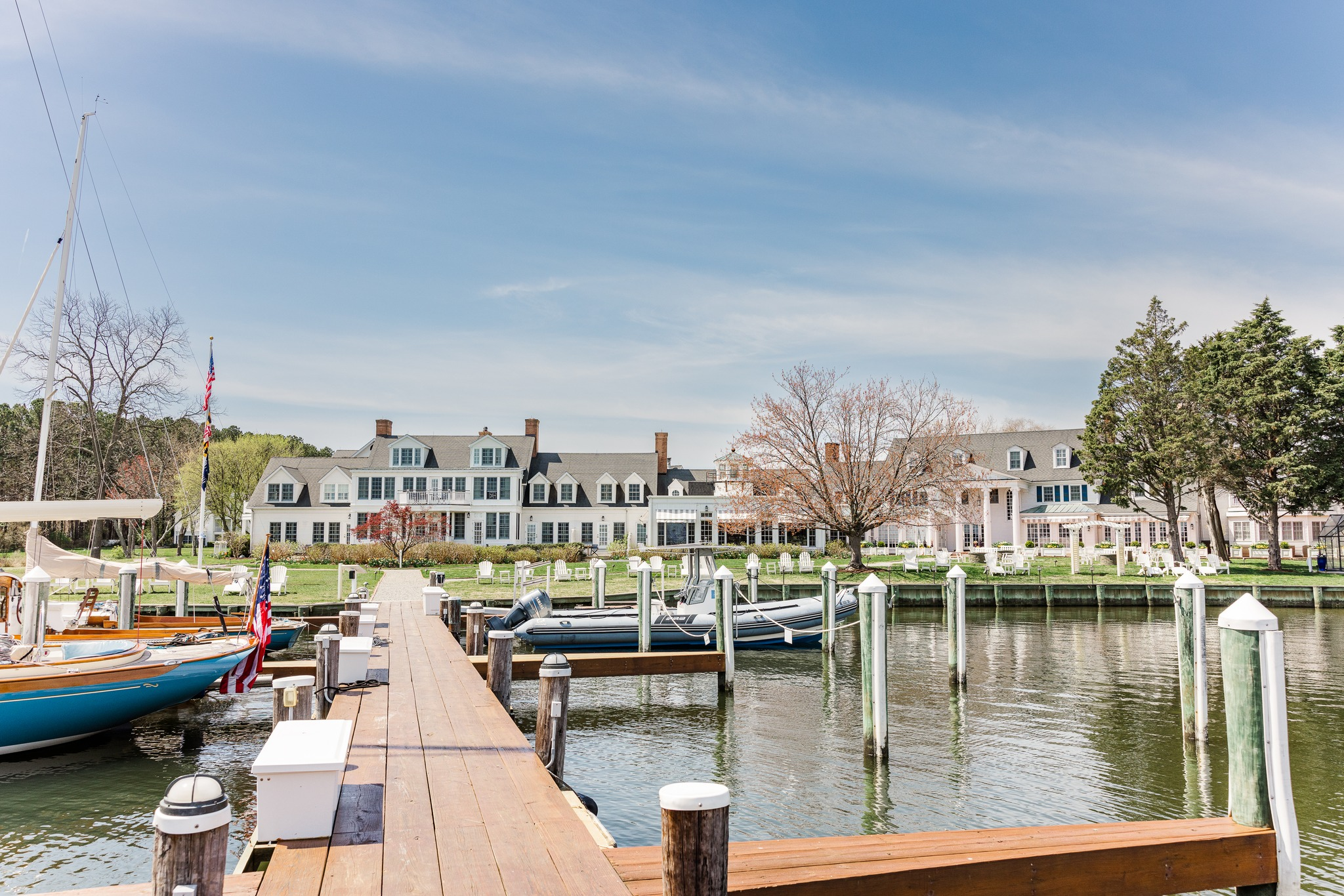Every year, the Spy makes it a point to talk to Heather Guerieri, the CEO of Compass, the Mid-Shore’s largest nonprofit hospice organization, for an annual check-in about one of the region’s most important and sometimes most misunderstood health providers.
Beginning in 1985, Compass has been a critical resource for those with end-of-life decisions and the management of chronic illnesses. Starting in Queen Anne’s County and now expanded to three counties, thanks to community support.
In our most recent conversation with Heather, she notes how Compass has broadened its care, focusing not just on hospice but also on managing chronic illnesses with telehealth, helping people navigate their health choices. The hospice leader also talks about changing how we view end-of-life care, emphasizing options like hospice and palliative care and ensuring patients lead the life they choose.
This video is approximately minutes in length. For more information about Compass please go here.


 For the second year in a row, For All Seasons is gearing up for their highly anticipated Best Girlfriends Weekend, set to take place from February 2nd – 4th. The event promises another unforgettable experience, this time at the picturesque Inn at Perry Cabin in St. Michaels, renowned for its five-star amenities and spectacular views.
For the second year in a row, For All Seasons is gearing up for their highly anticipated Best Girlfriends Weekend, set to take place from February 2nd – 4th. The event promises another unforgettable experience, this time at the picturesque Inn at Perry Cabin in St. Michaels, renowned for its five-star amenities and spectacular views.